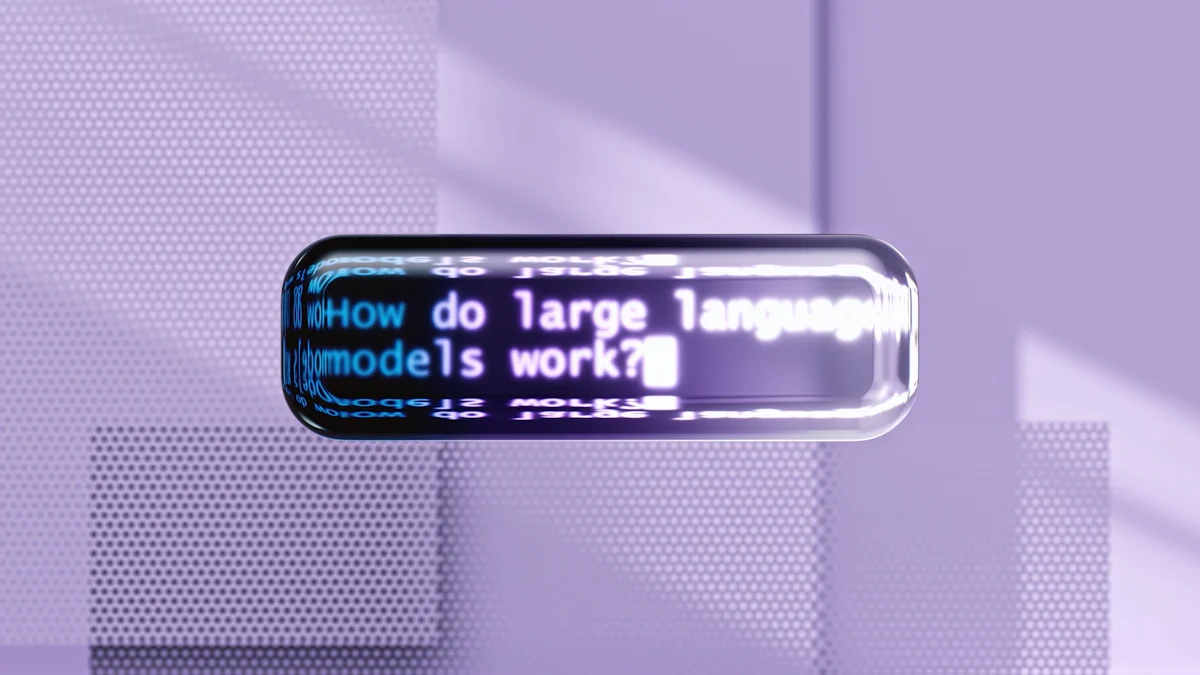
# Welcome to the World of AI and Transformers (opens new window)
# My First Encounter with AI Transformers
My journey into the realm of AI began with a captivating introduction to transformers. It was a moment that reshaped my understanding of artificial intelligence. The intricate web of interconnected nodes in transformers seemed daunting at first, but a simple explanation illuminated their power. This pivotal encounter sparked a curiosity that continues to drive my exploration of this cutting-edge technology.
# What Are Transformers in AI?
Let's delve into the essence of transformers within the realm of artificial intelligence. These dynamic structures have redefined how we approach complex challenges in machine learning. By harnessing the capabilities of transformers (opens new window), researchers have unlocked new possibilities for creating efficient, precise, and adaptable AI systems. Understanding the fundamentals of transformers (opens new window) is key to unraveling their transformative impact on modern AI landscapes.
# The Basics of Transformers in AI
As we embark on unraveling the core components of transformers in the realm of artificial intelligence, it becomes evident that these structures are built upon intricate foundations that set them apart from traditional neural networks. Let's delve into the fundamental building blocks that define the essence of transformers and explore why they stand out in the ever-evolving landscape of AI technology.
# The Building Blocks of Transformers
# Understanding self-attention mechanisms (opens new window)
At the heart of transformers lies a remarkable concept known as self-attention mechanisms. This innovative mechanism allows the model to weigh the significance of different words in a sentence when predicting or generating sequences. By focusing on relevant context, self-attention enables transformers to capture long-range dependencies effectively, enhancing their ability to process complex data with precision.
# The role of encoder and decoder
Within the architecture of transformers, there exists a crucial interplay between encoder and decoder components. The encoder processes input data, extracting essential features through multiple layers of self-attention and feedforward neural networks (opens new window). On the other hand, the decoder generates output sequences based on the encoded information, utilizing attention mechanisms to ensure coherence and accuracy in tasks such as language translation or text generation.
# Why Transformers Are Different
# Beyond traditional neural networks
Unlike conventional neural networks that rely on sequential processing (opens new window), transformers introduce a paradigm shift by leveraging parallel processing (opens new window) capabilities. This parallelization empowers transformers to handle vast amounts of data simultaneously, accelerating training times and enhancing overall performance in various AI applications.
# The power of parallel processing
One key aspect that sets transformers apart is their ability to process information in parallel across multiple layers. This parallelized approach not only boosts computational efficiency but also enables transformers to scale seamlessly to tackle increasingly complex tasks with remarkable speed and accuracy.
# How Transformers Revolutionize AI Tasks
In the realm of artificial intelligence, transformers stand as versatile tools reshaping the landscape of AI tasks. Let's explore how these dynamic structures transcend traditional boundaries and drive innovation across diverse domains.
# Transformers in Natural Language Processing (NLP) (opens new window)
When delving into natural language processing (NLP), transformers emerge as game-changers, enabling a myriad of applications from language translation to text generation. By leveraging self-attention mechanisms, transformers excel in capturing intricate linguistic nuances, revolutionizing how machines comprehend and generate human language with remarkable accuracy and fluency.
# Beyond Words: Transformers in Image Recognition
# How Transformers See the World
The evolution of transformers extends beyond textual realms into the visual domain through groundbreaking models like the Vision Transformer (ViT (opens new window)). By treating images as sequences of patches, transformers redefine image recognition paradigms (opens new window), achieving state-of-the-art results that surpass conventional convolutional neural networks (CNNs). This novel approach not only showcases the adaptability of transformers but also highlights their potential to revolutionize computer vision tasks with unparalleled efficiency.
# Case Studies: Real-world Applications
The Vision Transformer (ViT) Model:
Transcending established CNN-based models.
Demonstrating superior performance in image classification tasks.
Transformers in Various Modalities:
Expanding beyond NLP to enhance human language understanding.
Pioneering new AI applications across diverse fields.
Transformers in Computer Vision:
Competing with traditional CNNs in image recognition tasks.
Showcasing the versatility and efficacy of transformer architectures.
Incorporating transformers into image recognition tasks not only elevates performance benchmarks but also opens doors to innovative approaches that redefine how machines perceive and interpret visual data.
# Why Transformers Matter in Our Digital World
In our increasingly interconnected digital landscape, the influence of AI technologies, particularly transformers, extends far beyond conventional applications. The impact of transformers resonates across everyday technologies, shaping how we interact with social media platforms and navigate search engines. From personalized content recommendations to efficient information retrieval, transformers play a pivotal role in enhancing user experiences and optimizing digital functionalities.
Looking ahead, the future of AI intertwined with transformers holds immense promise and potential. As technology continues to advance at a rapid pace, the integration of transformers is poised to revolutionize diverse sectors, from healthcare to finance. My anticipation stems from the transformative capabilities of transformers in streamlining processes, driving innovation, and fostering unprecedented growth across industries. The evolution of AI with transformers heralds a new era of possibilities where intelligent systems redefine human-machine interactions and pave the way for groundbreaking advancements.